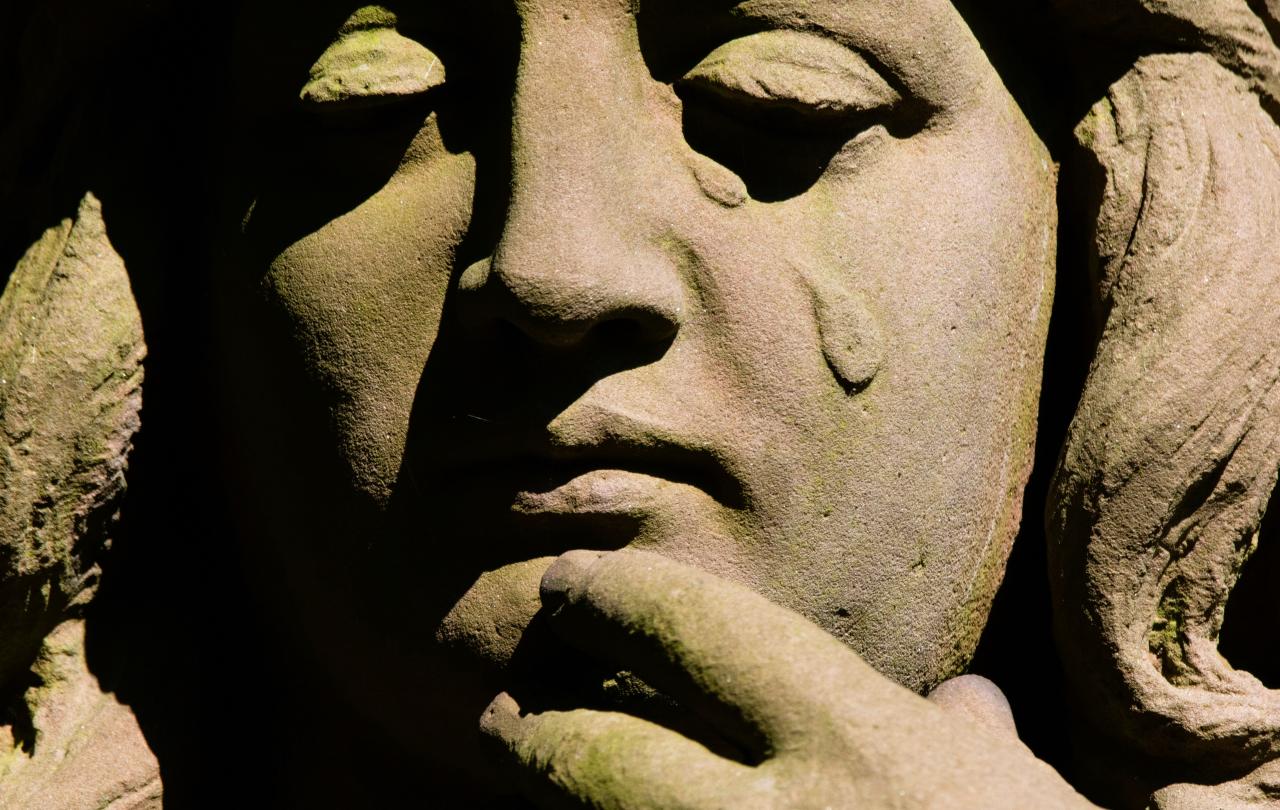
I have a belief system, a story that I live by, a lens through which I perceive the world. That doesn’t make me unusual or in any way different to you – we all have those, whether we’re aware of them or not. What may make me different to you is that mine are primarily explained to me through a book – or, more accurately, a library of sixty-six books – which we call the Bible.
The story that I live by, that I breathe in and out, is bound. It sits within a cover, it moves through pages, it unfolds according to a contents page – it has genre, it has authors, it has punctuation.
And I’ve never really found this odd.
I think it’s because I’m what Charles Taylor would call a ‘storied creature’, my default is to make sense of the world on a largely imaginative level. I’m also quite romantic; poetically inclined, one could say. It sometimes feels as though words flow through my veins – if you were to cut me open, I may just bleed a puddle of my favourite Jane Austen monologues straight onto the floor. And so, my personality happens to lend itself spectacularly well to living my life according to a spiritual, sixty-six book wide, library. I’ve never really had to wrestle with the strangeness of such a thing, I’ve never sat down and stared the oddness of it in the eye, I’ve never even really asked myself (or God): why a book?
I feel I should pause here, and offer a quick Rory Stewart-esque explainer, just so that we’re all on the same page.
What I, and Christians through time and place, call the Bible is an anthology of sixty-six books, written by around forty authors, in three languages, over the span of 1,400-ish years. Within it, one can find poetry, narrative, apocalyptic literature, erotic literature, lists and figures, instructions and explanations. It is – year in and year out – the bestselling book in the world, with over 100 million copies sold or gifted each year. The New York Times Bestseller List actually omits it from its rundown, because otherwise it would always be so boringly there – sitting comfortably right at the top. No other book ever comes close. Words from this anthology of literature are graven into the floors and walls of the Houses of Parliament, they’re woven into almost every work of Shakespeare, they’re spray-painted clumsily onto billboards in the city I call home.
And so, I guess, in one way, the answer to my question – why a book? – is all of that. The peculiar far-reaching resonance of the methodology speaks for itself. I think of Robin Williams’ impassioned monologue in Dead Poets Society…
‘No matter what anybody tells you, words and ideas can change the world. We don't read and write poetry because it's cute. We read and write poetry because we are members of the human race. And the human race is filled with passion.’
… And I get it. I understand why it was literature that was compiled, why language and words were the tool of choice. For better and for worse, biblical words and ideas have changed the world – they have been ‘the making of the western mind’, just ask Tom Holland. And so, pragmatically, one could argue that the Bible being a book (or a book of books) means that it has successfully imbedded itself in countless cultures, while also transcending them. It’s gone further, lasted longer, sunk deeper than any other form of communication could. Such is the power of words.
But to stop my pondering there feels like I’d be stopping short. I’m not sure that a distant, pragmatic, academic answer is one that I feel satisfied with.
So, this morning, I sat down with a cup of tea, a pen, my notebook, and a newfound curiosity - and I asked myself, and God, why a book?
Why poetry?
Why story?
Why wordplay?
Why have I – an educated, arguably disenchanted, most definitely left-brained, twenty-first century adult - been so willing to let these things mould my interior life? Why am I so moved by them? Moved to action, moved to tears, moved to rage. How can I read something that was written a millennia ago, in a part of the world I have never trod on, and somehow feel as if it is a love letter written exclusively to my own soul?
I think that those are the real questions - the questions to which I have both a thousand and zero answers.
And, like any work of literature, it does not give its meaning up easily – it requires me to sit with it, to excavate it, to gnaw on it like a dog with a bone.
Zero answers, because I fundamentally think that it’s a spiritual thing, a God-designed thing, a thing that sits beyond any explanation I could piece together. The God that I believe exists wants me to know about him, wants me to learn and study, wants me to get glimpses of how thinks, how he works, he feels about me – and you. That’s a wild and wonderous thing. That reality leads me be stunned not only at the methodology, but the desire behind it, as St. Augustine wrote,
‘the whole Bible does nothing but tell of God’s love’.
And so, this literature, to me, is a source of truth, leaning into Iain McGilchrist’s inkling that,
‘the fact that religions and mystical and spiritual traditions have always had to use language in a poetic way doesn’t mean that what they’re talking about is not real, it means it is ultimately real.’
The biblical literature uses words to take us to the edge of them.
And, like any work of literature, it does not give its meaning up easily – it requires me to sit with it, to excavate it, to gnaw on it like a dog with a bone.
Sometimes reading it feels like a balm on my heart, other times it feels like a wrestle in the dirt. But I guess that’s the beauty of it being a book, right? My worldview sits within a piece of literature that is adorned with my scribbles, tear stains, tea spills. A book that meets me every single day, ready to read me as I read it, giving my as many questions as it does answers.
So, why a book? Because now that I think about it, it is odd. The powerful resonance of words for all cultures at all times, perhaps? Or the way that poetry was designed to make a bee line for the deepest parts of us? Or the fact that it is only through language that we can talk about the things that go beyond it?
There are a thousand human-sized answers, if you really need them. I happen to enjoy the mystically-charged zero answers, myself.
Celebrate our 2nd birthday!
Since Spring 2023, our readers have enjoyed over 1,000 articles. All for free.
This is made possible through the generosity of our amazing community of supporters.
If you enjoy Seen & Unseen, would you consider making a gift towards our work?
Do so by joining Behind The Seen. Alongside other benefits, you’ll receive an extra fortnightly email from me sharing my reading and reflections on the ideas that are shaping our times.
Graham Tomlin
Editor-in-Chief





